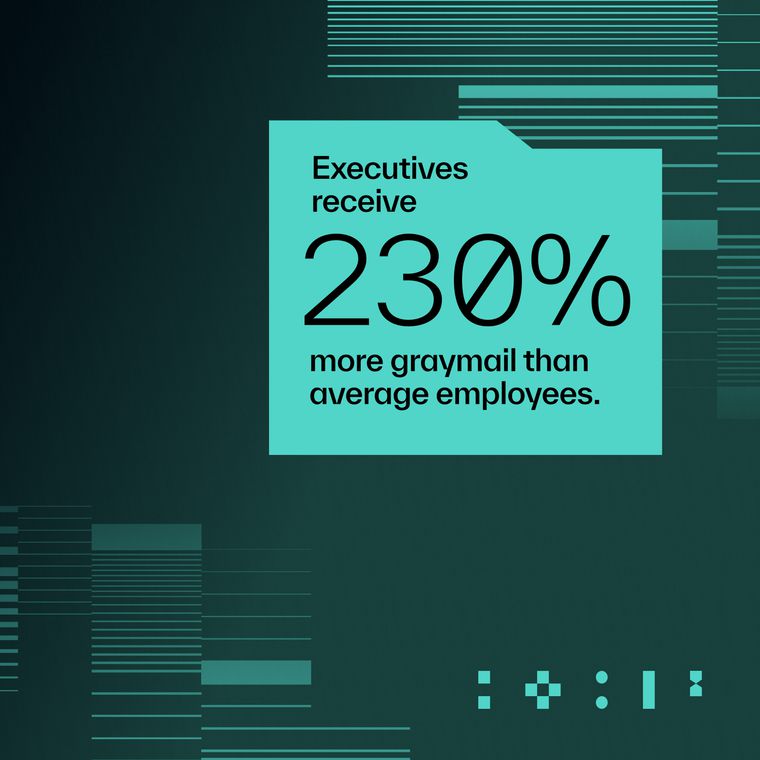Inside the Multi-Party Scam: How Attackers Build Entire Conversations to Steal Your Trust
Discover how multi-party attacks unfold and how to stop them before they cause damage to your organization.
July 16, 2025

When you work in accounts, sales, or operations, it’s easy to assume that keeping an eye out for dodgy-looking emails is enough to keep the organisation safe.
You couldn’t be more wrong.
Today’s scammers use social engineering tactics that go far beyond a single suspicious message. They’re using multi-party attacks to build momentum, looping multiple “colleagues,” “partners,” and “external advisers” into the conversation, each one adding a layer of credibility until you’re swept up in a realistic exchange that never really happened.
What unfolds in these chains often feels routine: a payment request, a change in banking information, a purchase on trade credit. But the risks are anything but routine, as the following examples demonstrate.
Targeting Trust in the Legal Industry
Spear phishing is a targeted form of attack where scammers learn about their victims and craft convincing messages just for them. For law firms, this could mean they receive an email that looks like it comes from another advisor, an accountant, or a long-standing client—sometimes all within the same conversation.
In this example, a property development company had recently gone into liquidation with $916,000 held in trust by a law firm. The attackers, armed with insider knowledge, likely sourced from a compromised mailbox or the dark web, registered lookalike domains for everyone in the transaction: the property developer, the finance company, and later, an accounting firm.
With these, they launched a coordinated email campaign targeting David, a lawyer at the firm holding the funds.

The emails came in waves. First, “Kevin” from the finance company requested the release of the $916,000. Then “John” from the property developer chimed in, piling on the pressure. David, believing he was dealing with legitimate stakeholders, replied and asked for confirmation of bank details. The attackers, of course, were happy to provide fraudulent ones.
Next, we see David again trying to confirm the bank details. The firewall blocked his email due to suspicious content earlier in the chain; no surprises there. However, when David asked “John” for formal instructions from the controllers of the liquidation, he gave away just enough information for the attackers to spin up a new domain for the accounting firm.

Now things get interesting: the threat actor doesn't know what the controller’s payment instruction needs to look like, so they ask David, the lawyer. And David is more than happy to oblige, unwittingly giving the fake accounting firm everything the law firm needs to release the money.

At one point, the real Kevin from the finance company called the law firm, nearly unravelling the plot. But the call reached an associate who wasn’t fully briefed, and the scheme continued.

The Details That Didn’t Add Up
David never realised the attacker controlled every domain in the conversation. However, the Abnormal platform flagged that all three domains were registered on the same day, using the same registrar, which differed from the original companies involved. The first email came from a sender the firm had never seen before and included a financial request from someone with no prior relationship to the business. Each clue pointed to a carefully staged attack.
Because the attack was detected in real time, the platform immediately alerted the team and advised them not to process the payment.

Using Request for Quote (RFQ) Fraud to Exploit the Sales Pipeline
If you work in sales, nothing grabs your attention more than a new inquiry from a major organisation. In this case, the target was a laptop retailer, and the supposed new customer was none other than Healthcare Queensland—or so it seemed. The attacker had done their homework, gathering real details about Queensland Health, including its exact number of employees, and registering a domain that looked convincing enough to pass a quick glance. For a busy sales rep, the email looked like a golden opportunity.
Using Request for Quote (RFQ) Fraud to Exploit the Sales Pipeline
Ahmed, the sales rep, responded enthusiastically and set up a new business account, eager to land such a large client. The conversation moved quickly. Soon, a request arrived from “Jake,” supposedly a business development manager at Central Queensland Hospital, asking for a quote on 40 laptops. The attacker had even used the real name of a manager at the hospital, making the request seem all the more legitimate. When the requested laptops turned out to be unavailable, Ahmed offered alternatives, keen to help what he thought was a major new customer.

Ahmed, the sales rep, responded enthusiastically and set up a new business account, eager to land such a large client. The conversation moved quickly. Soon, a request arrived from “Jake,” supposedly a business development manager at Central Queensland Hospital, asking for a quote on 40 laptops. The attacker had even used the real name of a manager at the hospital, making the request seem all the more legitimate. When the requested laptops turned out to be unavailable, Ahmed offered alternatives, keen to help what he thought was a major new customer.


What Ahmed didn’t realise was that he was being set up for an RFQ scam. In this type of fraud, the attacker poses as a new business partner, builds a relationship, and then places a large order on credit terms. The goods are shipped out with the promise of payment in thirty days, but the scammer disappears with the products, and the invoice is never paid.
The Details That Didn’t Add Up
The attacker’s domain, though similar, didn’t follow the standard naming conventions for Australian state government agencies. The domain had only been registered the day before, and the email from Jake was sent using a different email application than Queensland Health typically used. Queensland Health had never contacted the company before, and the request for laptops came out of nowhere.
The sales team, caught up in the excitement of a big sale, missed these fraud-characteristic red flags. Fortunately, Abnormal’s platform flagged the interaction as suspicious before any laptops left the warehouse.
What’s Powering These Attacks
How are attackers able to create entire fake ecosystems and pull off multi-party scams at scale? The answer lies in the rapid evolution of their tools. Generative AI has transformed the way threat actors operate. Now, anyone can produce emails that are not just grammatically correct but also tailored to sound professional, personal, or even legally convincing. With a few prompts, attackers can research any person, entity, or organisational hierarchy, mimic someone’s voice, and draft a business inquiry that feels authentic to any recipient.
Add in phishing-as-a-service, and social engineering attacks turn into an industrial complex. PhaaS platforms provide a ready-made infrastructure for launching and managing large-scale campaigns, allowing attackers to automate everything from harvesting credentials to MFA bypass. Attackers need neither time nor experience to comb through compromised inboxes for useful information—they have tools that do it for them.
Fighting Multi-Party Attacks With AI-Powered Detection
Legacy secure email gateways can’t keep up with these sophisticated, multi-party attacks, but Abnormal AI can. Rather than relying on lists of known bad senders or malicious links, Abnormal builds a detailed picture of what normal communication looks like for every employee in the organisation. By analysing conversation patterns, login locations, sender relationships, and so on, the platform learns what’s typical and flags anything that isn’t. It doesn’t matter if the email is perfectly written or if the attack type is brand new; Abnormal can spot the subtle signals that reveal something is off.
This flip from chasing known threats to understanding what normal looks like for a business allows Abnormal to detect even the most advanced scams, including zero-day attacks that legacy solutions miss. The technology combines a baseline of trusted communication with behavioural AI and machine learning, making it possible to catch fraud at scale, no matter how clever or well-crafted the attack.
Trust and relationships will always be targets. Since multi-party attacks exploit relationships at scale, stopping them demands an equally scaled response that sees every connection and blocks out-of-place messages. Caution, built on context-aware detection, goes a long way.
Related Posts
Get the Latest Email Security Insights
Subscribe to our newsletter to receive updates on the latest attacks and new trends in the email threat landscape.


